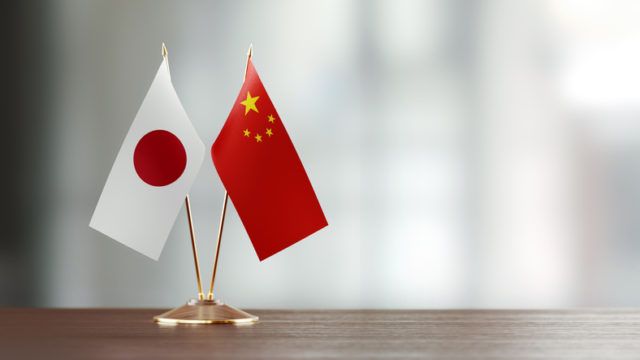The Japan Exchange Group (JPX) and the Shanghai Stock Exchange (SSE) have decided to establish the Japan-China ETF Connectivity scheme, which will link the ETF markets of both exchanges, according to a statement from the Japanese bourse. A launch date was not disclosed.
The scheme is a result of negotiations between the authorities and market participants based on the memorandum of understanding between the two exchanges in October last year.
“We will continue to collaborate with the SSE on this scheme and other ways to increase cross-border investment flows between China and Japan as we contribute to the continued development of the capital markets of both our countries,” Akira Kiyota, JPX Group’s CEO, said in the statement.
Under the scheme, a Japanese or Chinese ETF provider will have to develop a “feeder ETF” that mainly invests in a counterparty’s ETF, according to the statement. The ETF should also have at least 90% of its AUM invested in domestic Japanese or Chinese assets.
ETF providers will also have to apply for an investment quota from SAFE, which include the qualified domestic institutional investor (QDII), the qualified foreign institutional investor (QFII) and the renminbi qualified foreign institutional investor (RQFII) schemes.
The QDII scheme allows domestic Chinese fund managers to invest in offshore securities, while the QFII and RQFII schemes are channels for foreign investors to invest onshore.
The ETF Connect will only initially include products that track stock price indices and are required to have been listed on the exchange for at least one year, the statement added.
Hong Kong and China are also expected to launch a similar scheme. The planning of the ETF Connect programme has been underway since 2016 was expected to launch in 2017, but regulatory and technical issues have delayed the original plan.

















